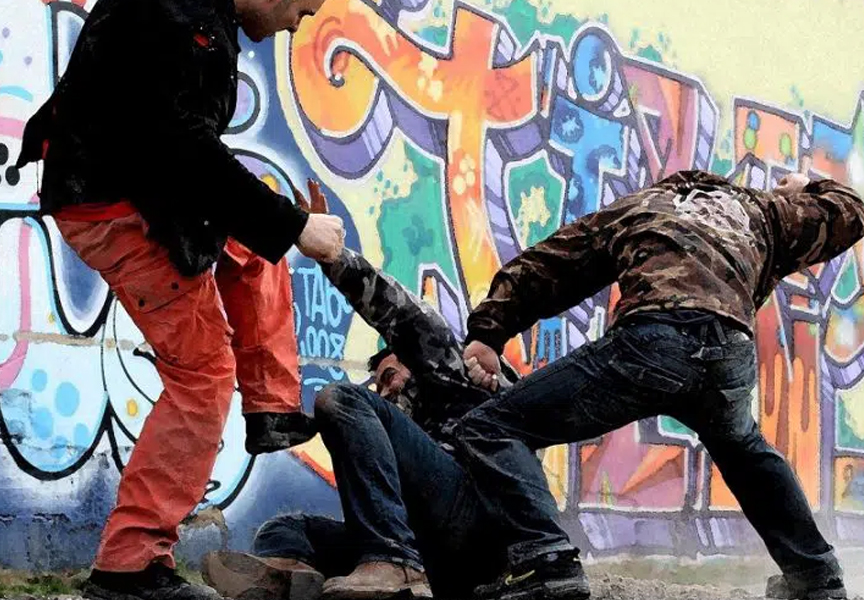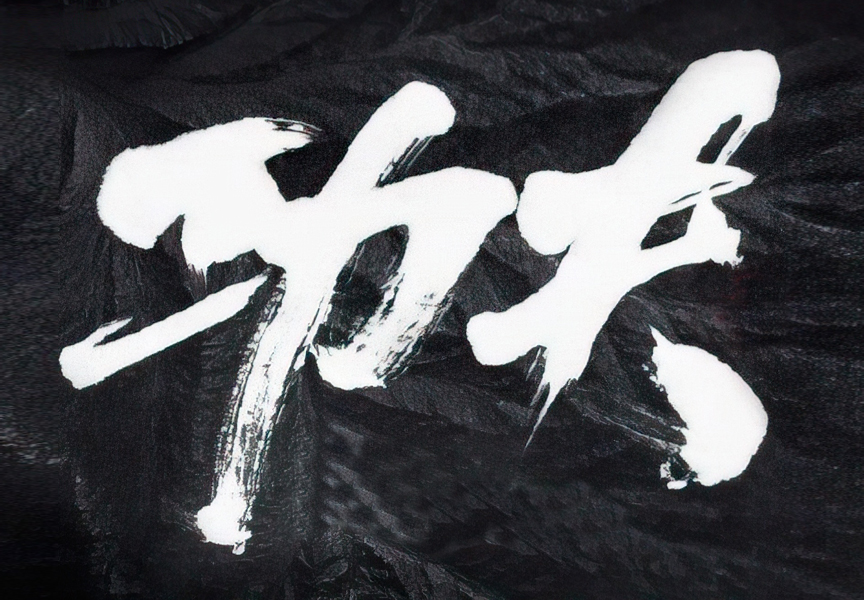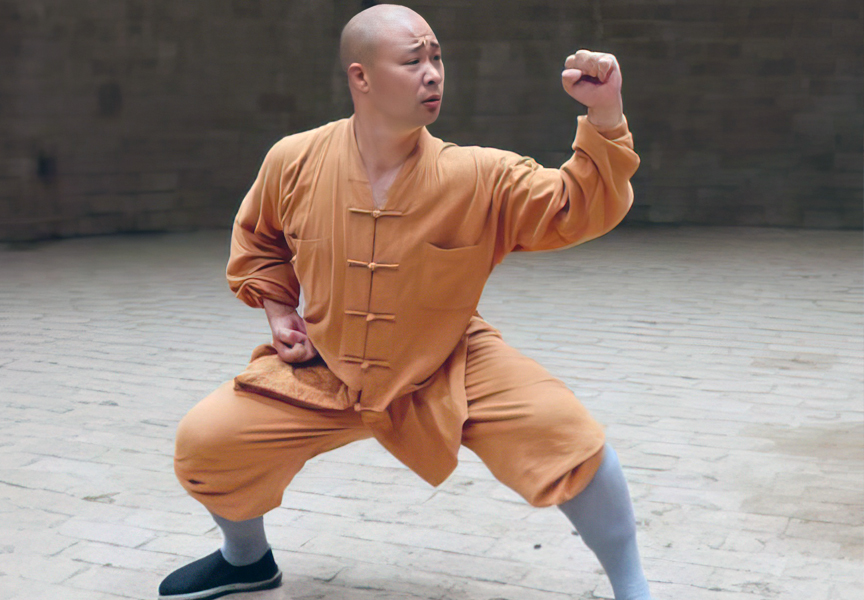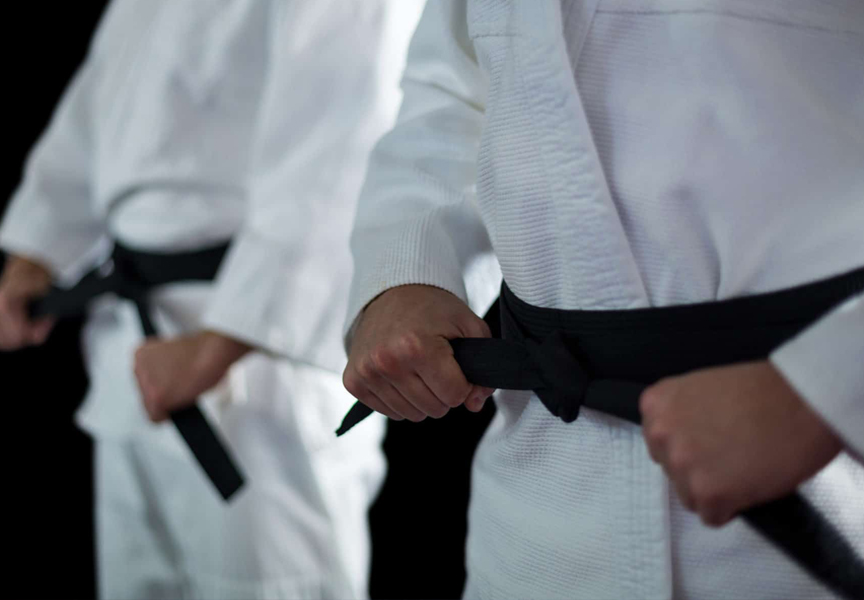Random Free Articles
- Ring is not the same with Street Fighting

The art of combat has been a part of human history for as long as we can remember. Whether in organized competitions or unstructured altercations, the dynamics of fighting have always fascinated us. However, it is crucial to understand that fighting in a ring is not the same as fighting in the streets. While both involve physical combat, the two settings have distinct differences that significantly affect the outcomes, consequences, and the…
- The Meaning of the Term Kung Fu

Gong Fu or Kung Fu, a term that conjures images of martial arts prowess, discipline, and ancient wisdom, has permeated popular culture as a symbol of physical and mental excellence. Originating from China, the term Gong Fu is widely used, often misunderstood, and frequently associated with cinematic displays of acrobatic combat. However, beyond the flashy kicks and punches lies a deeper meaning that encompasses a rich tapestry of history,…
- The Significance of the Centerline Concept

Shaolin Kung Fu, with its roots dating back centuries, is renowned for its dynamic movements, intricate forms, and powerful strikes. Among the many principles that form the foundation of this martial arts system, the concept of the centerline [Chin.: Zhōngxīn xiàn 中心线] stands out as a crucial element. Understanding the centerline is essential for practitioners to harness the full potential of Shaolin Kung Fu and execute its techniques…
- Evaluations Over Examinations in Martial Arts

A Holistic Approach to Progress Martial arts, beyond being a physical discipline, is a profound journey of self-discovery, discipline, and continuous improvement. Traditional examination systems have long been ingrained in martial arts culture, with students undergoing rigorous testing to advance to the next belt rank. However, a paradigm shift is underway, as many Traditional martial arts schools, and Shaolin in particular, are embracing the…
- The Martial Art Dilemma: Quality Over Quantity

In the world of martial arts, there is often an emphasis on the number of techniques one can learn or the belts one can earn. Many martial arts schools and practitioners focus on quantity, striving to accumulate as many techniques or belts as possible. However, in this pursuit, the importance of quality can often be overlooked. In this article, we will explore why it is crucial to prioritize quality over quantity in martial arts. The Allure of…

